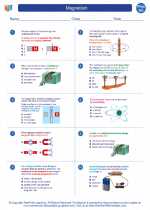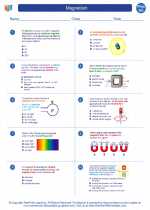Orbital Period
The orbital period is the time taken for a given celestial body to complete one orbit around another body. It is a fundamental concept in physics, particularly in the study of celestial mechanics and astrophysics. The orbital period is determined by the mass of the central body and the distance between the two bodies.
Factors Affecting Orbital Period
The orbital period of a celestial body is influenced by the following factors:
- Mass of the central body: Greater the mass of the central body, longer the orbital period.
- Distance from the central body: Greater the distance, longer the orbital period.
- Gravitational force: Stronger gravitational force results in a shorter orbital period.
Mathematical Formulation
The orbital period (T) can be calculated using Kepler's third law of planetary motion:
T2 = (4π2 / G * (M + m)) * a3
Where T is the orbital period, G is the gravitational constant, M and m are the masses of the two bodies, and a is the semi-major axis of the orbit.
Study Guide
To understand orbital period thoroughly, it is essential to grasp the following key concepts:
- Kepler's Laws of Planetary Motion
- Gravitational Force and its effects on orbits
- Calculation of semi-major axis and eccentricity of orbits
- Application of Kepler's third law in determining orbital periods
Additionally, practicing problems involving the calculation of orbital periods for different celestial bodies will solidify the understanding of this topic.
Be sure to explore real-world examples such as the orbital periods of planets in our solar system and artificial satellites around Earth to appreciate the practical significance of orbital periods.
.


